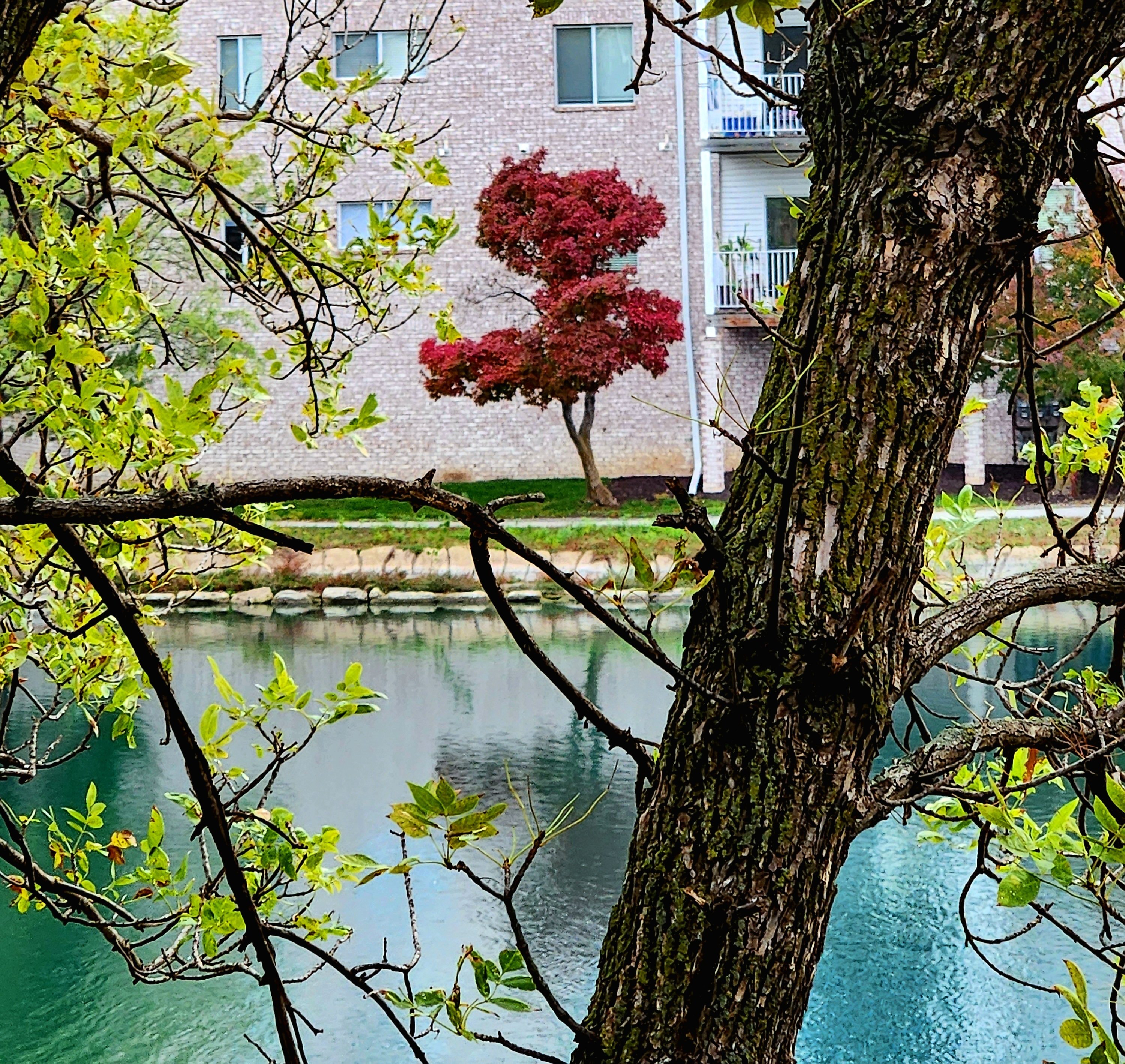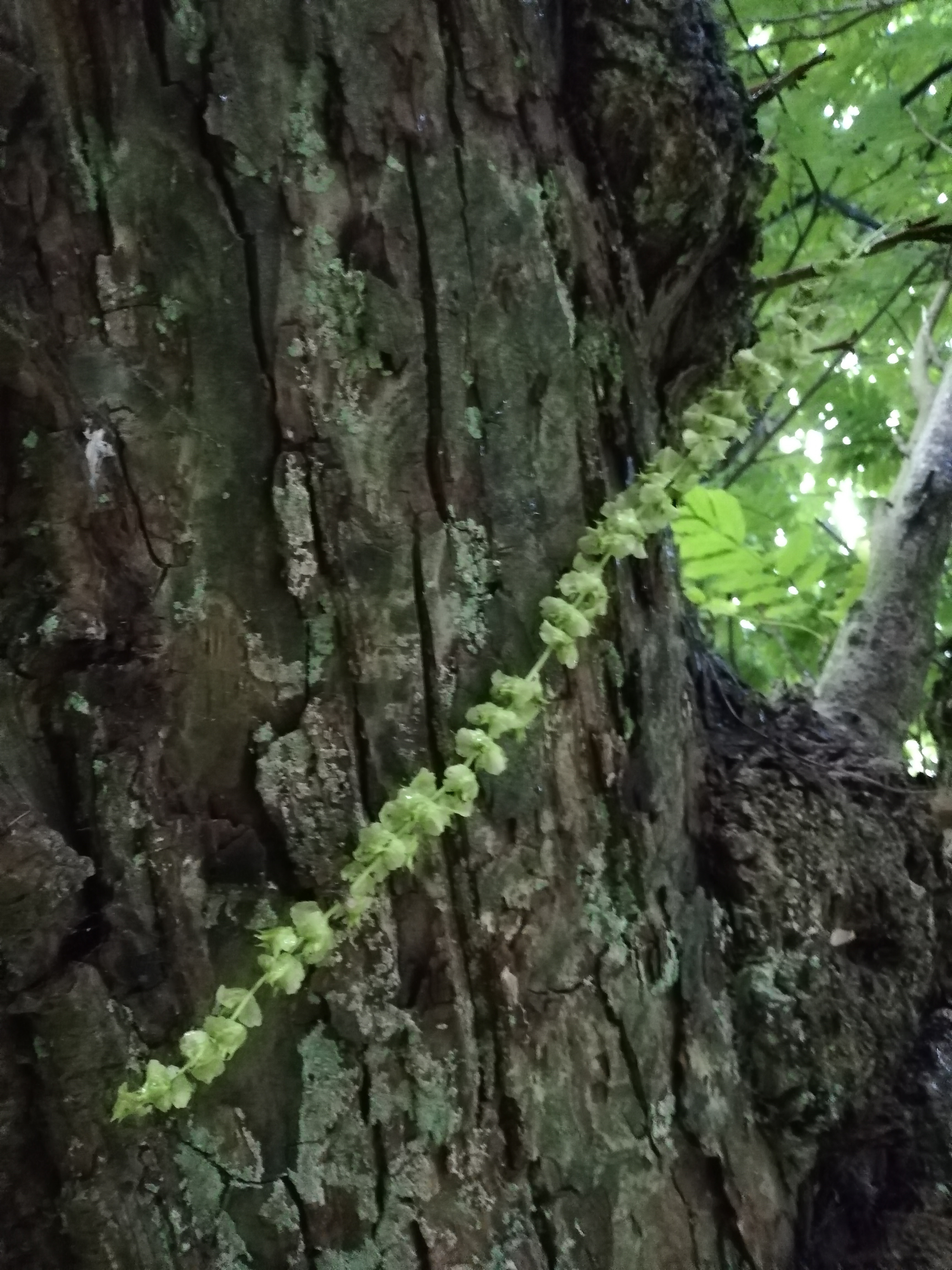Researchers investigated the impact of extreme heat on trees during Australia’s last major heatwave, in 2019 and 2020. They found species with large thin leaves, such as red maple, were particularly vulnerable to extreme heat, whereas trees with thicker leaves, such as ash and Chinese elm, were better able to regulate their temperature. The results, published in Global Change Biology, show that access to water is also crucial, with well-watered trees able to open their pores and evaporate water, preventing scorching of leaves.
As our climate heats, heatwaves are going to become more frequent, giving urban trees a tough time. Planting heat-resilient tree species is important, but we also need to consider new techniques to protect our urban trees, such as irrigation pits to capture and store stormwater, or rain gardens (gullies planted with vegetation that absorb and store flood runoff). Trees have never been more needed.
Study:
https://onlinelibrary.wiley.com/doi/full/10.1111/gcb.16929
Abstract
High air temperatures increase atmospheric vapor pressure deficit (VPD) and the severity of drought, threatening forests worldwide. Plants regulate stomata to maximize carbon gain and minimize water loss, resulting in a close coupling between net photosynthesis (Anet) and stomatal conductance (gs). However, evidence for decoupling of gs from Anet under extreme heat has been found. Such a response both enhances survival of leaves during heat events but also quickly depletes available water. To understand the prevalence and significance of this decoupling, we measured leaf gas exchange in 26 tree and shrub species growing in the glasshouse or at an urban site in Sydney, Australia on hot days (maximum Tair > 40°C). We hypothesized that on hot days plants with ample water access would exhibit reduced Anet and use transpirational cooling leading to stomatal decoupling, whereas plants with limited water access would rely on other mechanisms to avoid lethal temperatures. Instead, evidence for stomatal decoupling was found regardless of plant water access. Transpiration of well-watered plants was 23% higher than model predictions during heatwaves, which effectively cooled leaves below air temperature. For hotter, droughted plants, the increase in transpiration during heatwaves was even more pronounced—gs was 77% higher than model predictions. Stomatal decoupling was found for most broadleaf evergreen and broadleaf deciduous species at the urban site, including some wilted trees with limited water access. Decoupling may simply be a passive consequence of the physical effects of high temperature on plant leaves through increased cuticular conductance of water vapor, or stomatal decoupling may be an adaptive response that is actively regulated by stomatal opening under high temperatures. This temperature response is not yet included in any land surface model, suggesting that model predictions of evapotranspiration may be underpredicted at high temperature and high VPD.





